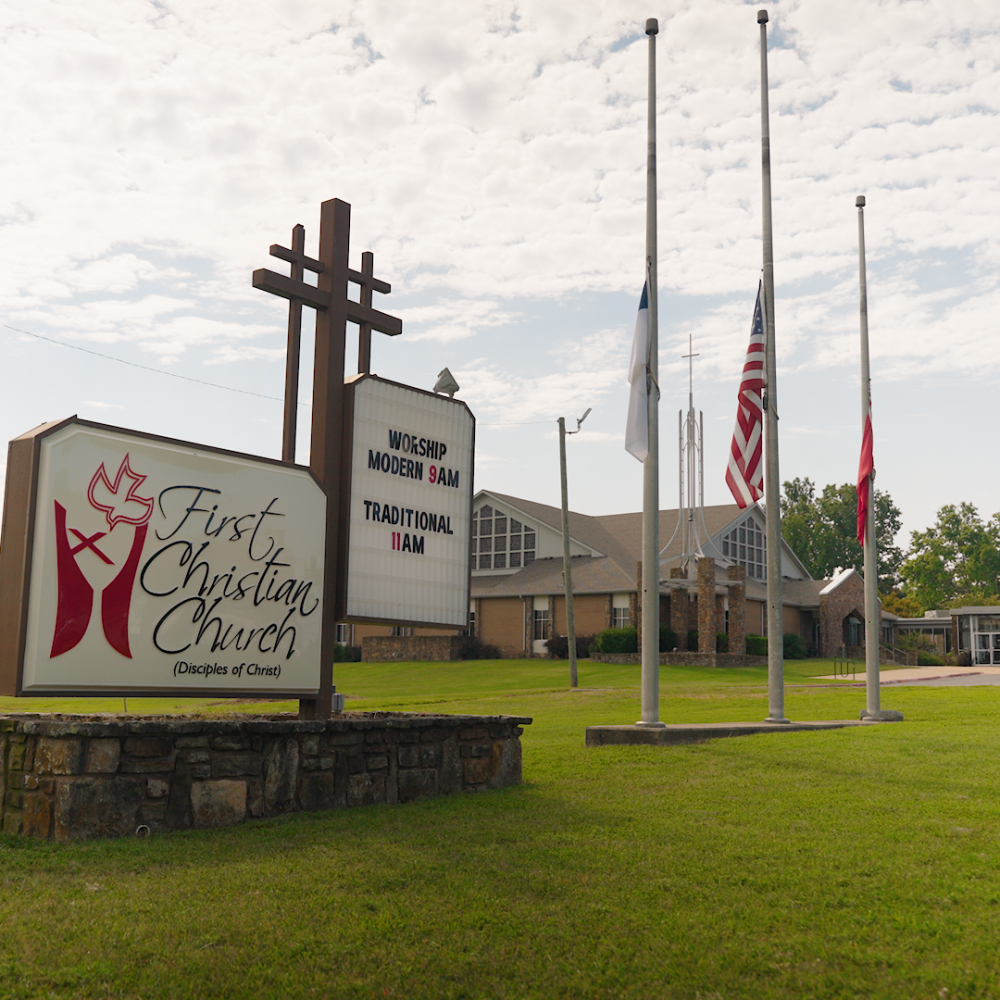As cultural institutions around the world remain shuttered, the Scott Family Amazeum in Bentonville, Arkansas, is doing what it does best—finding imaginative solutions to complex questions. I sat down (virtually) with Amazeum founding Executive Director Sam Dean to learn more about AmazeumYOU, a new online portal that makes good on the institution’s mission to spark playful exploration in young learners everywhere.
What innovations has this crisis sparked?
From our founding, we’ve always said that the Amazeum isn’t a place, it’s a movement. It’s a way of thinking about STEAM topics and hands-on learning driven by questions and curiosity.
In a way, this pandemic is the ultimate test of this statement: how do we adapt and respond to the needs of our community now?
When we realized we would be closing our doors to the public, it took about 72 hours to launch a digital channel that could bring our style of learning into people’s homes.
Parents and schools are overwhelmed. We know that our members aren’t looking for 1,001 things to do. They are looking for curation—one good thing to do that day.
This new platform is filled with at-home demonstrations on everything from ice balloons to water painting, and we’ve also launched live-streamed demos every Monday, Wednesday and Friday morning to offer a sense of continuity and stability for our youngest visitors. For young learners everywhere, I’ll be curious from a societal perspective to see if the pandemic offers a bit of a reset on the concept of “free time.”
Children are capable of so much more than we understand, and boredom—after all— can be a prerequisite for creativity.
Do you feel prepared to take on this new challenge?
With support from the Walton Family Foundation, we’ve actually been preparing for this moment for a while. We just didn’t know it would come so soon.
In November of 2019, the Amazeum team completed a year-long process of figuring out where we wanted to be and what we wanted to offer the public three to four years down the line.
Like other institutions in our space, we knew that online content was an area we wanted to dive into. When the pandemic hit, it lit a fire under ideas that had been percolating, but that we didn’t previously have the bandwidth to test out.
Bringing our content online is about reaching new audiences, but it’s also about engaging our valued members in a new way.
We love these relationships. It gives me chills to know that in addition to our physical space, we can now reach into their homes and potentially impact their learning trajectory over a 12- to 14-year relationship.
How are you involving the community in this effort?
Through AmazeumYOU, we see an opportunity to collaborate with creators around our community, especially those who don’t always get the spotlight swung their way.
As our larger institutions, galleries and performance venues are closed, we are working with artists to redeploy talent for the benefit of the community. On AmazeumYOU, we were able to host our first “Lunch Tunes” concert with local music group Melody Pond.
Although we can’t be physically together, it’s a way to take a breath, sit outside and feel connected through music. We’ll be following up with more Lunch Tunes in the coming weeks.
Recognizing that this is also a time when many educators and parents are overwhelmed with adjusting to distance learning, we are working with local schools to develop content, train teachers and help students share their daily explorations and discoveries remotely.
What’s been the most challenging part and best part of this experience?
The toughest is not being able to physically engage with our team and our members. The hands-on nature of tinkering and exploring is part of our DNA.
But challenging times create opportunities for people to shine in unexpected ways.
While museums across the country are having to reduce staff, what remains is a whole wave of institutions figuring out how to support each other. An online group of museum professionals I participate in began with 30 and has grown to 3,000 across the country.
By sharing online content with each other, we are able to reach people around the world. I’m watching our own team step forward, asking each day, “What more can we do for our community?”
At the end of the day, kids and their families are looking for stability, things that are normal in an abnormal time. Through this new content, they can continue to connect with places like us—full of people they know and trust—and say, “Hey, I know this place! I’ve played in this studio! I recognize that face.”





